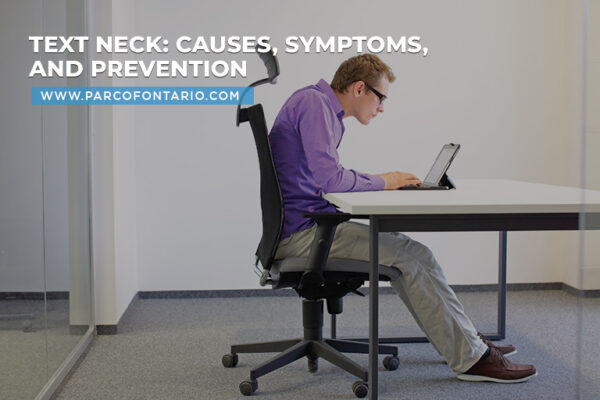
Text Neck: Causes, Symptoms, and Prevention
Many of us spend long hours hunching over our electronic mobile devices and laptops. As we spend more time texting, browsing social media, and reading on our devices, this constant downward gaze…
Read More
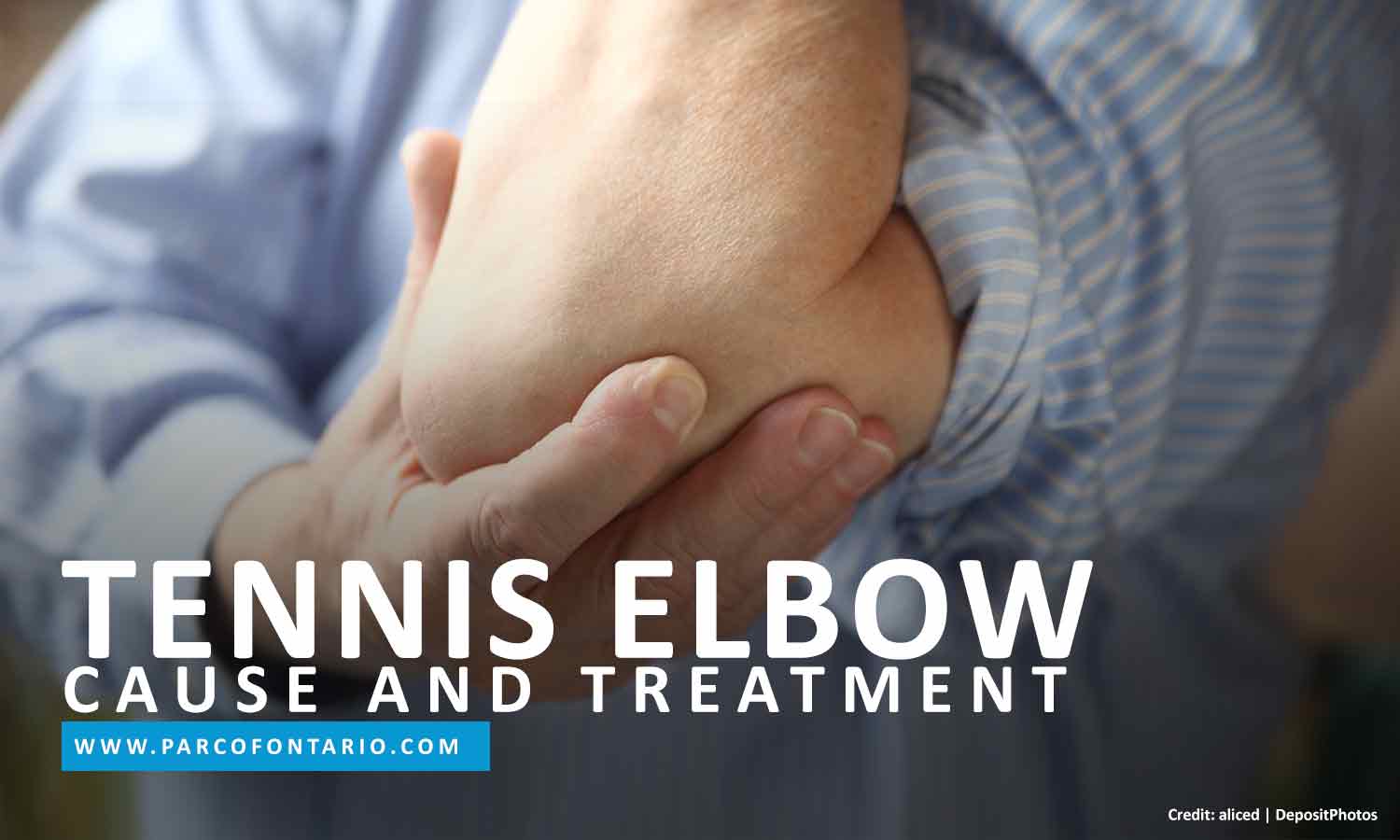
Don’t let the name mislead you. Even if you’ve never played tennis before, you can still get tennis elbow. Any activity that involves repetitive gripping movements, especially those engaging the thumb and first 2 fingers, can lead to tennis elbow.
Tennis elbow or lateral epicondylitis is a condition that results from the strain of elbow muscles and tendons. Tendons are tough connective tissues that connect muscles to bones and other structures. The tendons involved in the injury connect the lower arm muscles to the lateral epicondylar region of the humerus bone (thus the name lateral epicondylitis).
Tennis elbow is felt as pain and tenderness in the bony nub outside the elbow where the damaged tendons link to the bone. The pain may spread along the upper arm and downwards the forearm. In some cases, it extends to the third and fourth fingers.
You may notice reduced flexibility and strength in wrist and shoulder muscles.
You can feel pain while using your hands even without moving your elbows. The following activities are likely to cause the pain to spike:
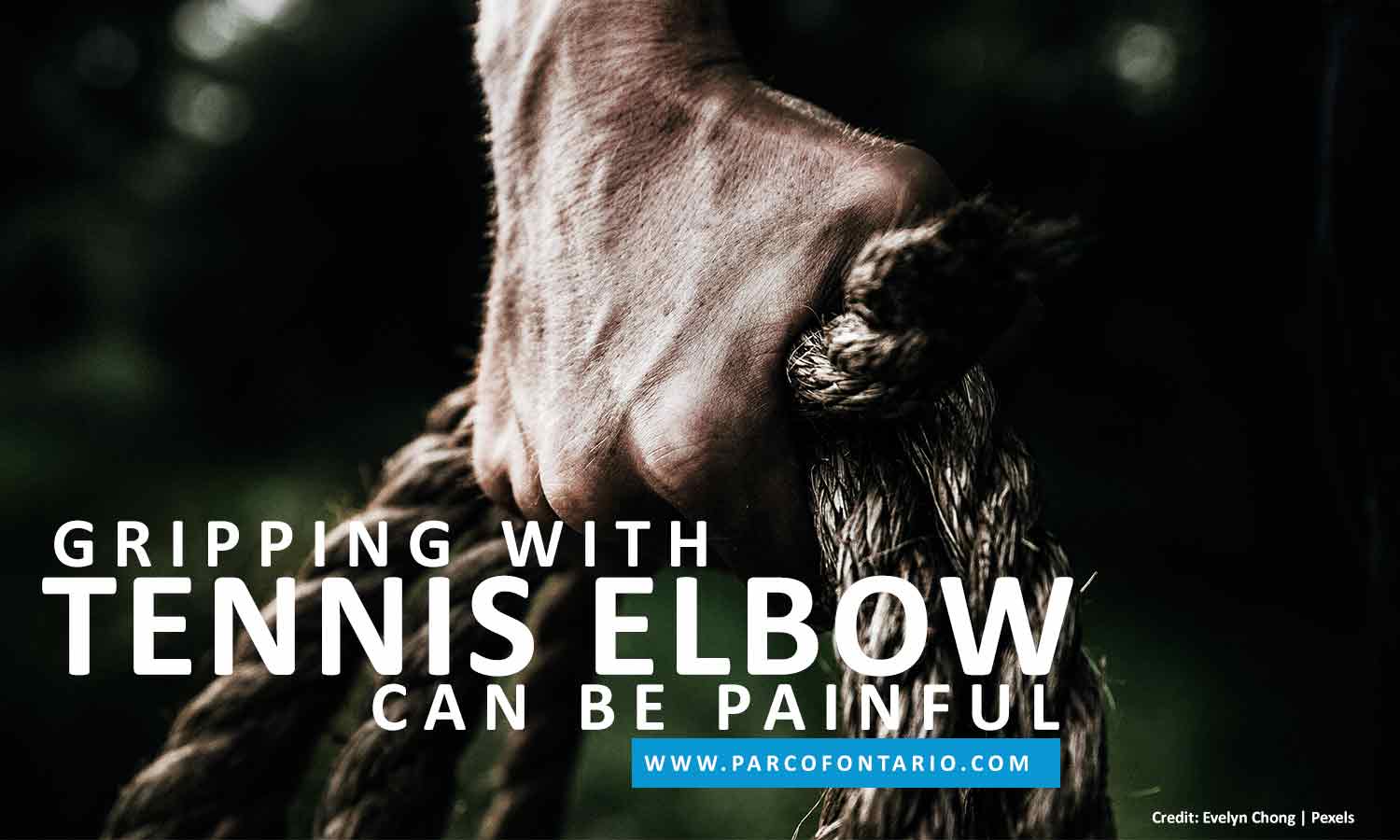
This condition follows 4 stages:
It’s not common to have both arms afflicted with the condition at the same time. The dominant arm is usually more prone to it. 20% of people with tennis elbow experience it for more than a year.
The condition can persist from as short as 2 weeks to as long as 2 years. 89% of people suffering from tennis elbow recover from the condition without any active treatment except avoidance of tasks that exacerbate the pain.
It may be surprising to note that only 5% of tennis elbow cases are associated with playing tennis. Tennis elbow is mainly caused by contractile overloads (constant compression or squeezing) applied to the tendons connected to the humerus bone. It happens as a result of repeated upper limb motions like typing and other computer-related tasks, lifting heavy objects, and strenuous forearm rotation.
Professions
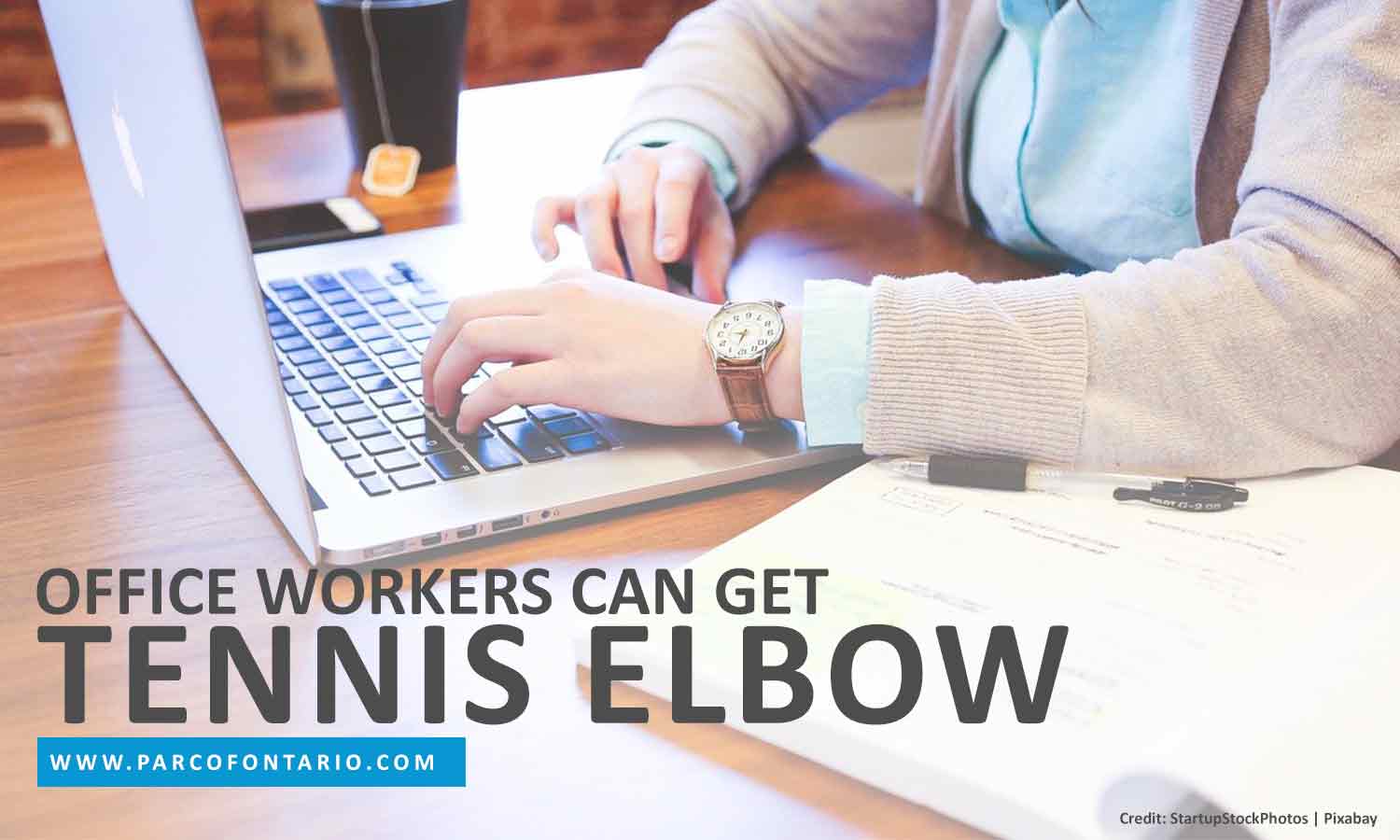
The condition is not limited to tennis players, but it’s remarkable that in a study published in the journal of the Orthopedic Clinics of North America, it was observed that half of 200 participating tennis players of ages older than 30 exhibited symptoms of the condition at some point in their lives.
Tennis elbow can also result from playing other sports such as badminton, baseball, field throwing, squash, and swimming. Professionals whose jobs entail repeated single-direction motions, like carpenters, electricians, gardeners, and office workers, are also susceptible to the condition.
Age and Sex
In the general population, 1 to 3% of people have been affected by tennis elbow. Middle-aged people, from 35 to 50 years old, make up most of this percentage.
Men and women are equally susceptible to this condition.
Cause
Factors that may contribute to tennis elbow include:

Different medical researchers have different theories about the cause of tennis elbow.
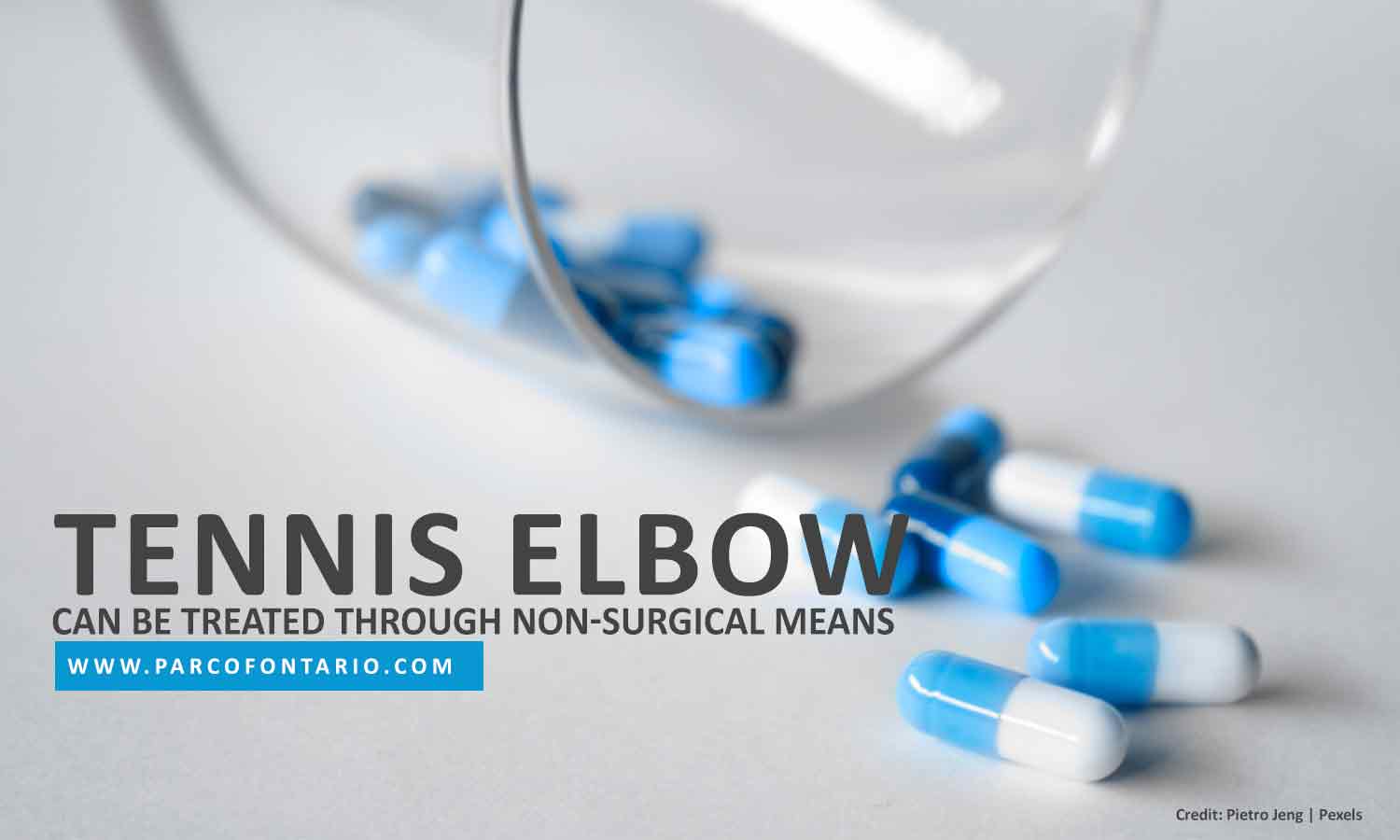
There are 3 main courses of tennis elbow treatment: non-operative, surgical, and physiotherapy.
Non-Operative Treatment
There are 2 main objectives for non-surgical medical management of tennis elbow: pain relief and inflammation reduction.
Surgical Treatment
This is reserved for severe cases when there have been attempts to treat the condition for more than half a year and to no avail.
Common surgical treatments for tennis elbow include taking a damaged muscle and reaffixing a healthier one to the bone. The right treatment will be determined by many factors such as the severity of your injury, your overall health condition, and your needs.
Physiotherapy Treatment
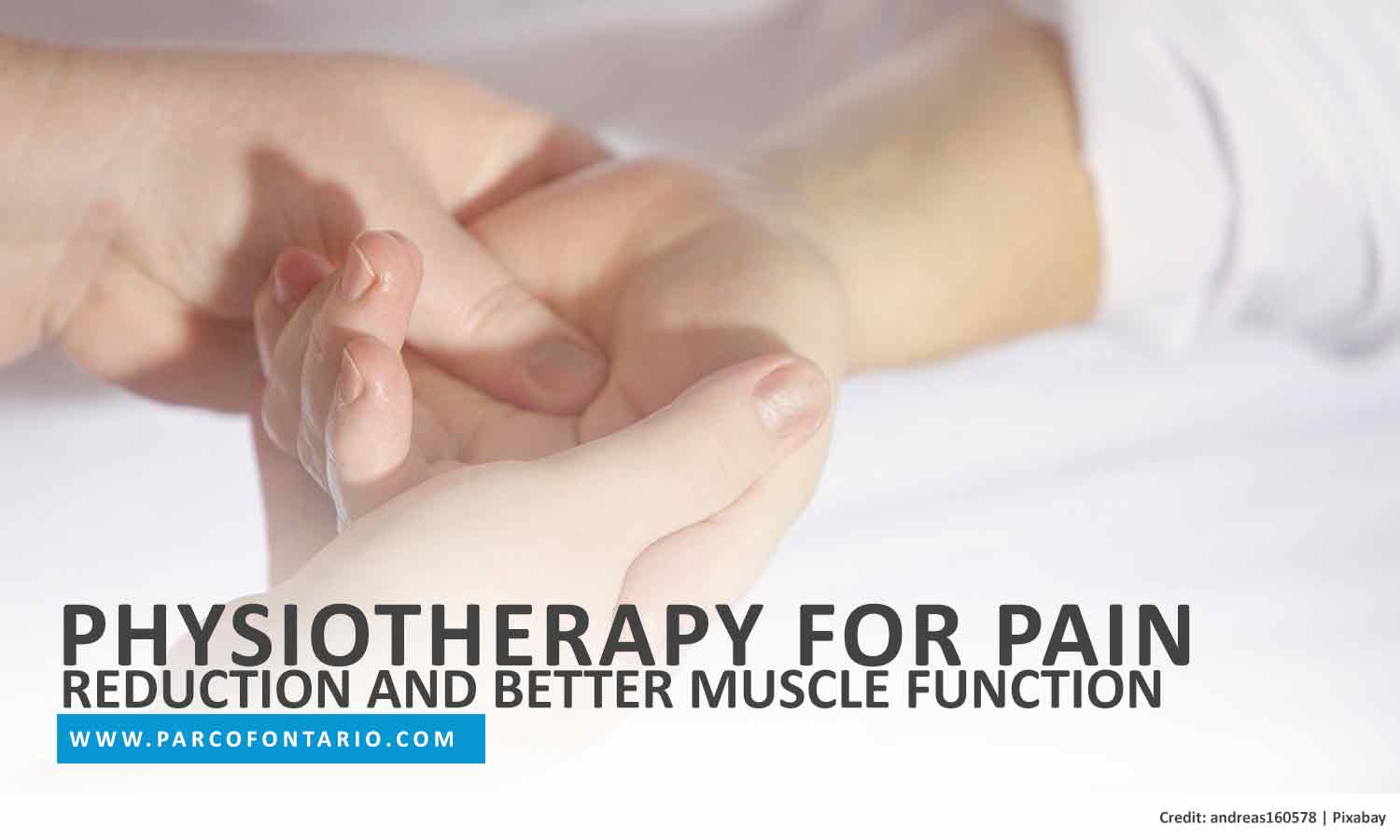
There are 2 main objectives for physiotherapy: pain reduction and better muscle function. Different types of physiotherapy may include some of the non-operational treatments mentioned above. They may involve one or more of the following:
Physiotherapy treatments may also involve extracorporeal shockwave therapy. In this type of tennis elbow treatment, strong mechanical wave pulses are directed at the affected areas. A clinical trial shows that shockwave therapy can decrease the intensity of pain and enhance daily function.
If you have exhibited symptoms of tennis elbow and want to know which course of treatment is right for you, consult our experts at PARC Ontario. We provide assessment, support, and tennis elbow rehab so you can regain full function and mobility of your arm.
Get personalized, holistic healthcare at any of our branches in Scarborough, Mississauga, Ajax, Whitby, and Oshawa. Call us at the following numbers: (416) 445-2075 or (416) 430-0314 [Scarborough], (905) 897-2092 [Mississauga], (905) 686-9081 [Ajax], (905) 430-2112 [Whitby], and (905) 579-9938 [Oshawa].